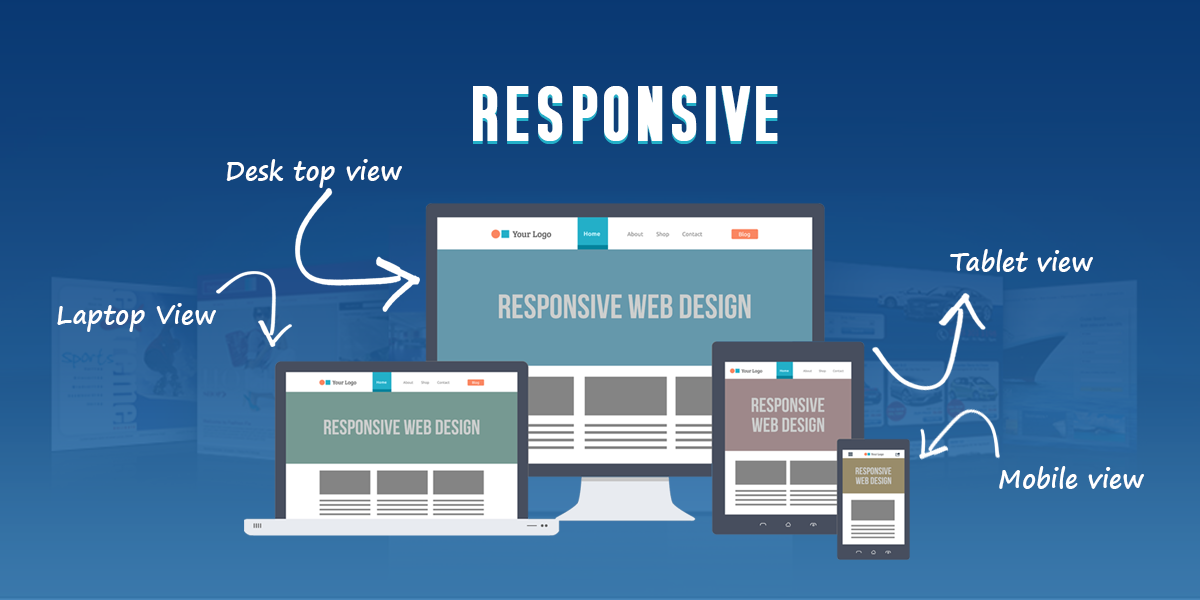Cloud computing is one of the newest and most secure ways of storing and transferring data. Also
called ‘on-demand computing’ or ‘automated computing’, it is the process of using a common
platform or remote server to store data from multiple sources which can be accessed as and when
required.
According to a recent Merrill-Lynch research survey, cloud computing is slated to emerge as a US
$160 billion industry, with about US $100 billion being garnered through business and productivity
applications alone. As markets become bigger and businesses spread throughout the world, the
volume of data generated every day assumes epic proportions. The capacity of individual devices,
however fast or efficient they might be, falls far short of the expectations where storage is concerned.
The need for cloud computing was developed as it was observed that digital devices were not being
used to their optimum, thanks to the rapid and sometimes unequal distribution they enjoyed. Also,
data was being generated in such a large amount that alternate platforms of storage and access had
to be formulated. It would suffice to say that cloud computing is the ultimate amalgam of grid
computing and efficiency computing, a virtual digital bubble of sorts which can make data available
anytime, anywhere.
Mobiles as the latest device for cloud computing
Smartphones have captured the imagination of the digital world. It can be said that these devices
are the remote controls for the future. As a result, future innovations on cloud computing rely
heavily on making servers and platforms easily accessible via these devices. Cloud application
development will be a key feature for businesses wishing to tap into the resources generated by
billions of mobile data users.
Investment in cloud computing is an essential step for businesses to have greater global coverage,
service offering, competitiveness, and price. For instance, IBM recently invested US $8 million to
open is 26th cloud center in Spain, to regain the footing it lost to formidable rivals Amazon and
Google.
The focus of digital giants such as Facebook, Google, and others, to connect the entire world on the
Internet and to have virtual devices such as drones reach the farthest reaches of the planet, has
made it increasingly important to invest in cloud computing.
Apart from advantages to businesses with regards to storage and access to data, cloud computing
also has the potential to significantly impact public services. For instance, a recent experiment
featured fitting an ATM machine with a smartphone which generated real-time information about
the current situation of the balances available. Whenever the machine was close to empty,
information was relayed to the cloud server and balance transfer processes were initiated.
Mobile app development also requires a certain degree of infrastructure, maintaining which might
prove costly. Making such infrastructure available to the design team on a cloud platform reduces
costs as well as provides an ability to scale requirement as per demand, leading to the elimination of
over-provisioning.
Devship provides businesses with intelligent cloud services to handle big data and integrate with
existing systems and power critical systems, using Amazon EC2, Microsoft Azure, VMware’s Cloud
Platform, RackSquare or local data centers.
Devship also provides virtual teams to different businesses depending on their need, thereby helping
them eliminate the risks and costs associated with software development, scaling, and managing a
team of developers. So, if you’re looking to invest in cloud services, get in touch with Devship and
we’ll come up with something tailored for your business. Here’s to intelligent cloud computing!
For more information on how to leverage cloud computing for your business, contact Devship at
425-270- 7096 or at letstalk@devship.io or take a look at our website, www.devship.io.



